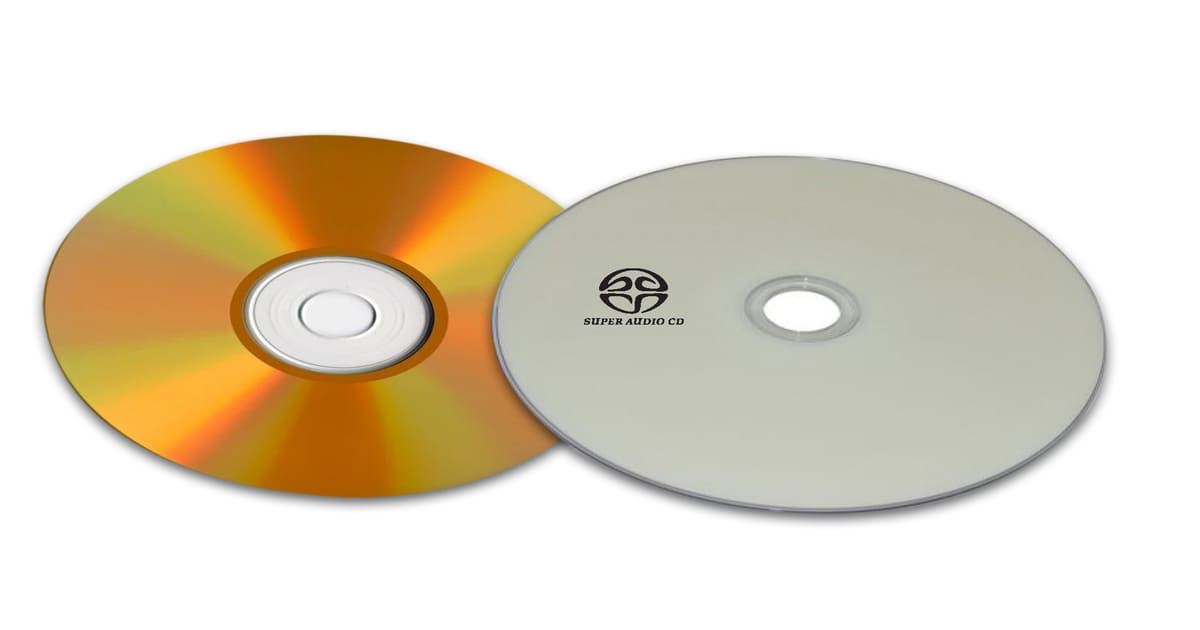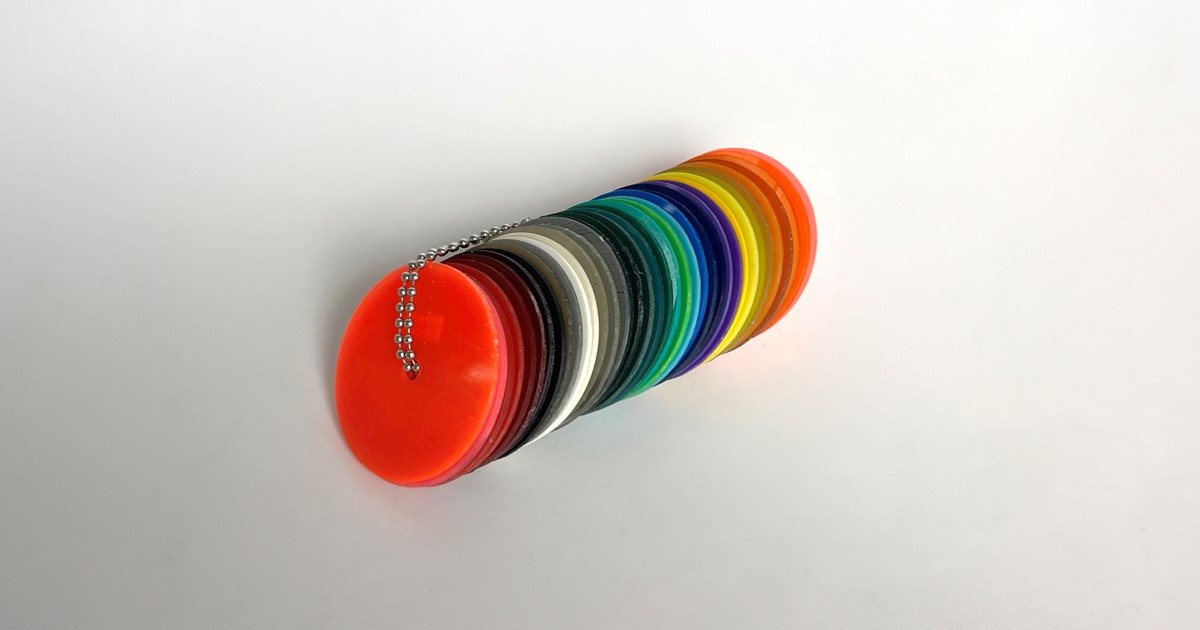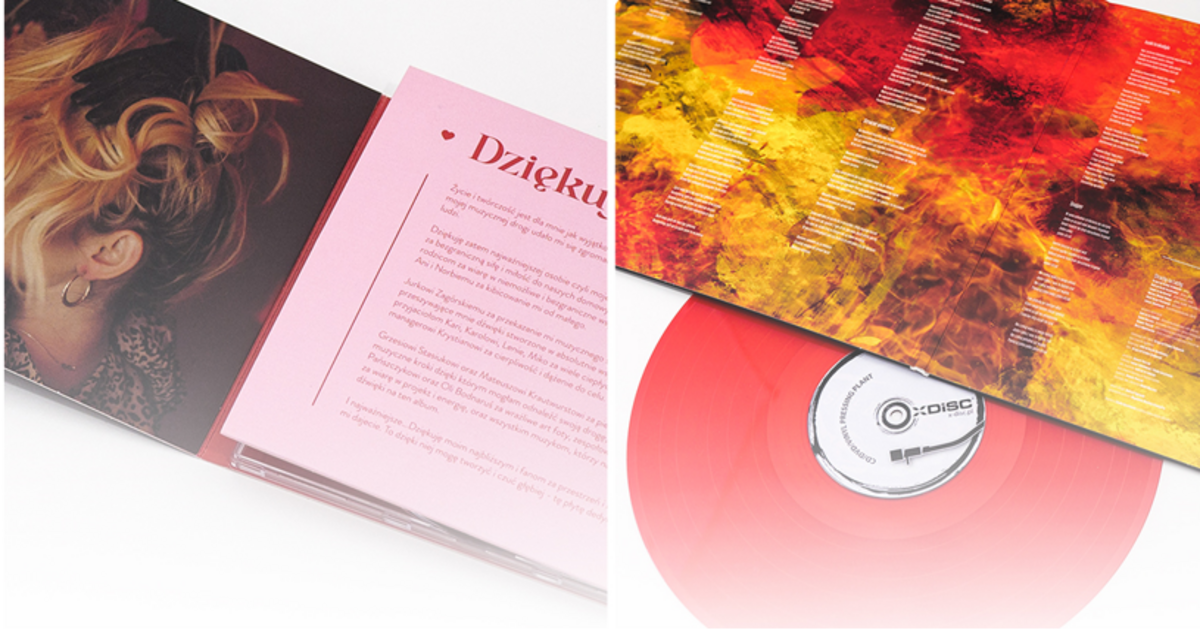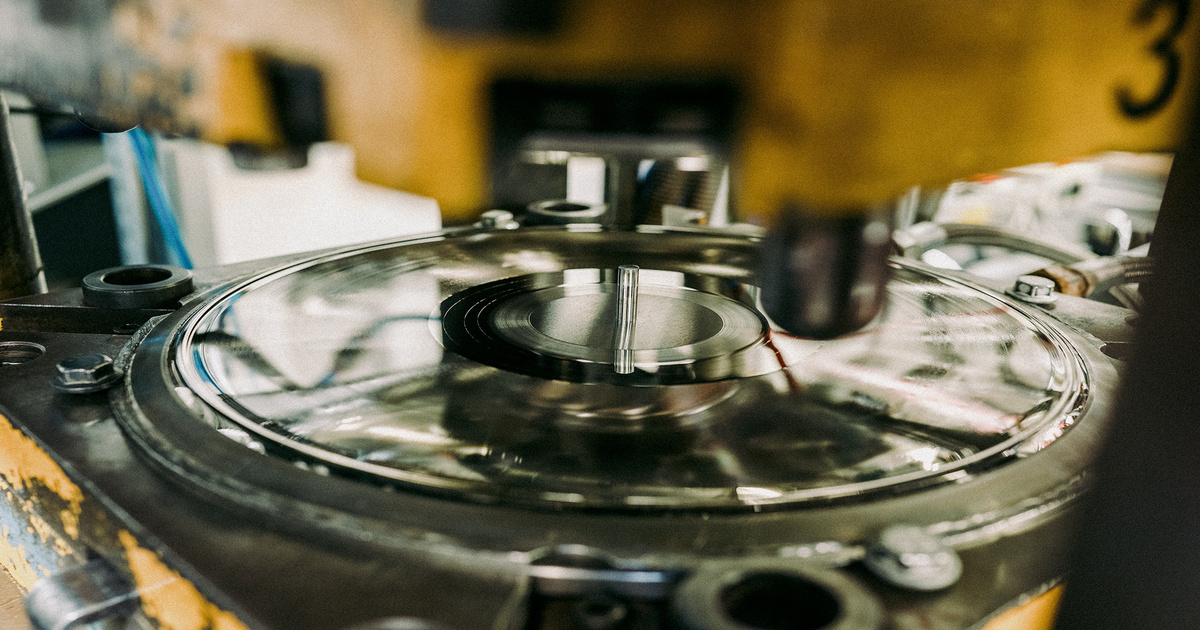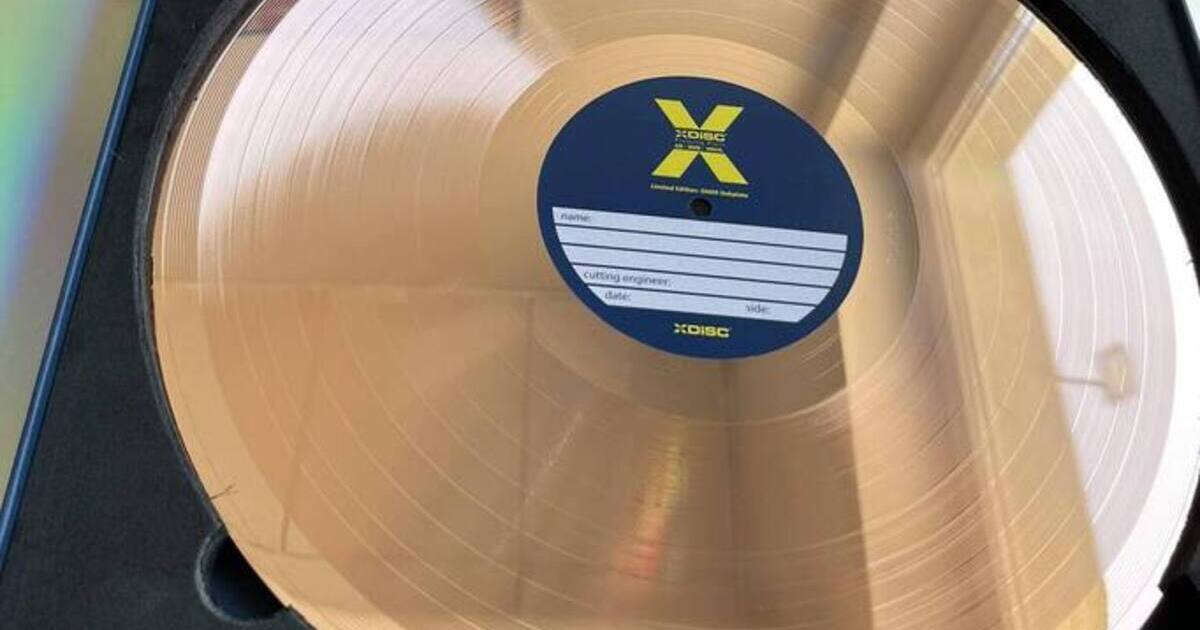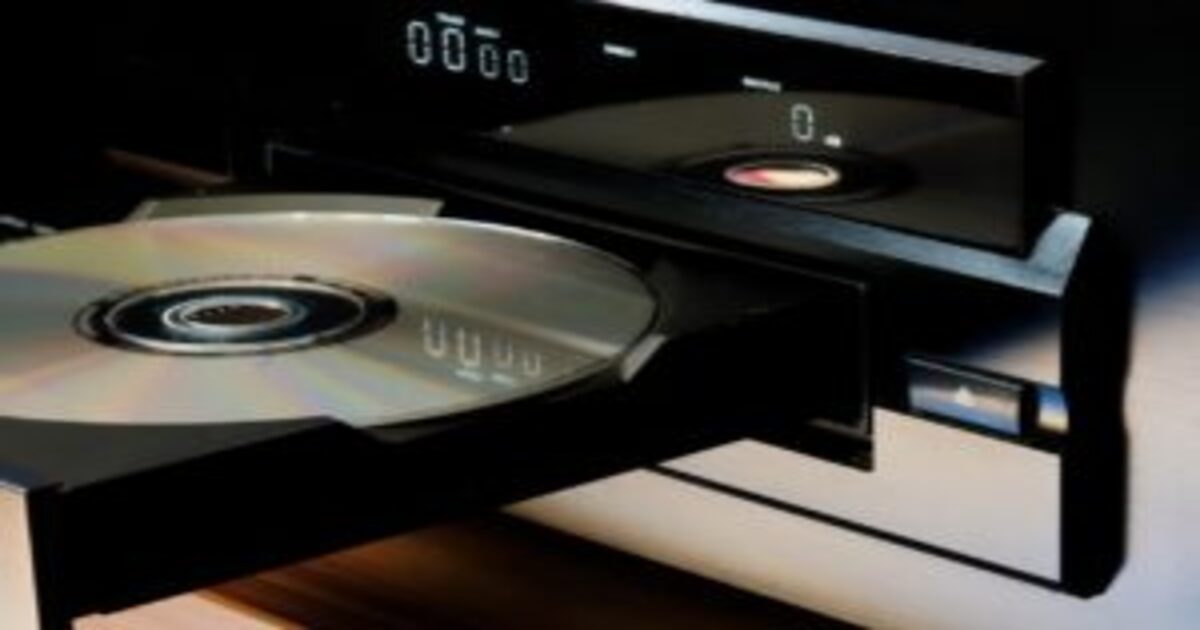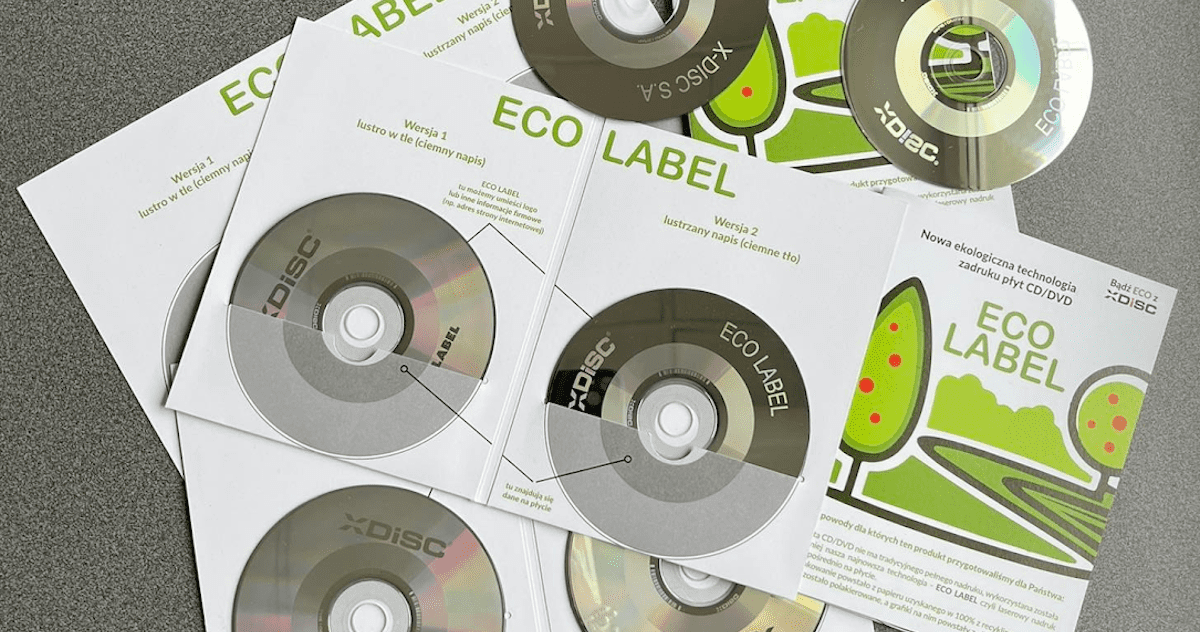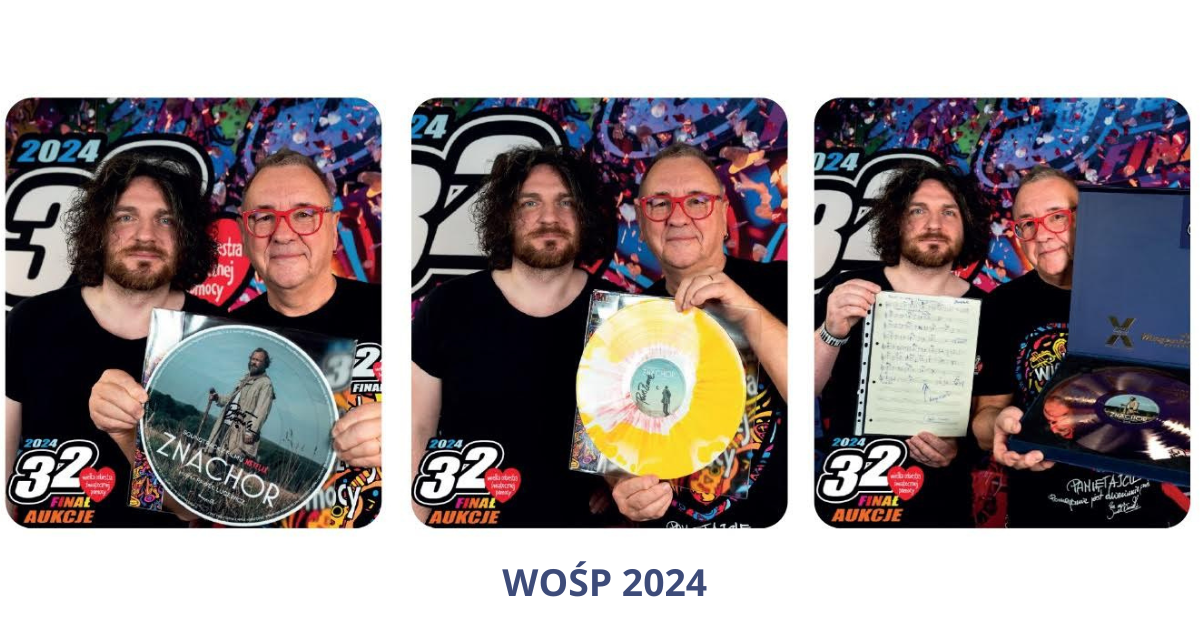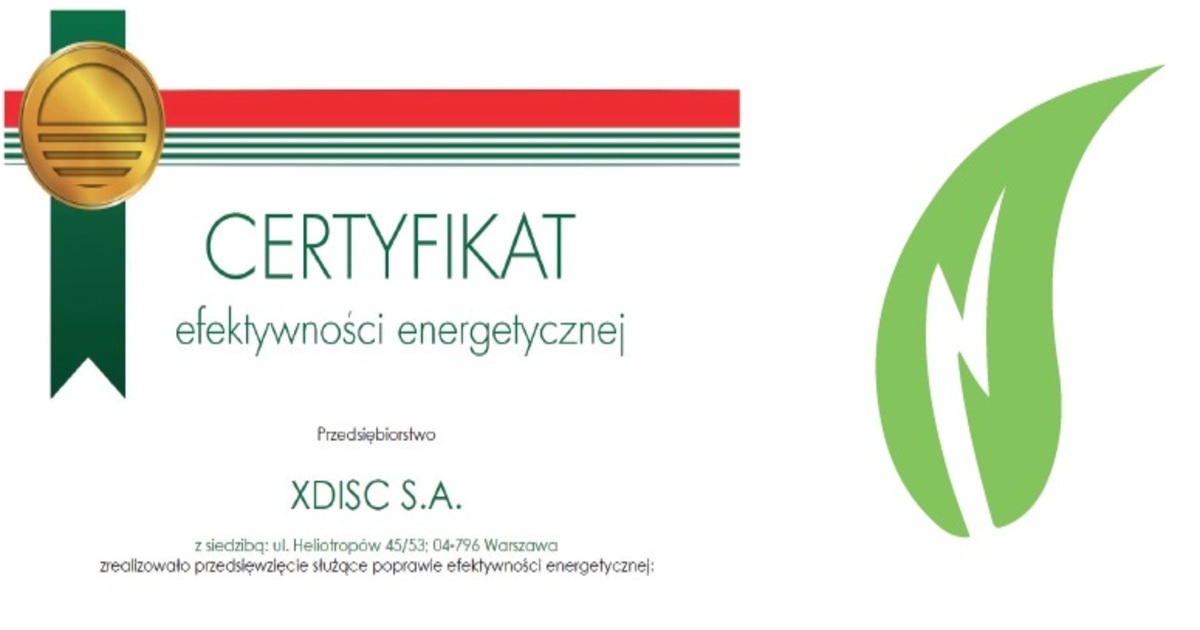Vinyl music enthusiasts appreciate vinyl records for their excellent sound quality. However, vinyl is a demanding medium that can deteriorate prematurely without proper care. How to avoid this?
Original packaging is the best
A vinyl record can remain in good condition for up to a hundred years if the owner knows how to take care of it. Records produced by XDiSC still sound great even after multiple plays, but it’s worth ensuring a safe storage place for vinyl, which will extend their lifespan.
Vinyl records should never be left exposed without any packaging. Even if the record is placed on a soft carpet or a smooth table, there is a significant risk of scratching and damaging it, which will negatively impact the sound quality during playback. It’s best to keep records in their original plastic sleeves and sturdy covers. If the packaging is damaged, it’s advisable to replace it immediately with a new one.
Vertical positioning
During playback, the record lies horizontally on the turntable platter. However, when not listening to vinyl, they should be stored vertically on shelves. In this position, the record is not subjected to any pressure that could cause warping or cracking. It’s not recommended to stack vinyl records on top of each other, even if they are in protective sleeves. Records at the bottom of such a stack are too heavily loaded, and there is a greater risk of damaging the disc when removing it.
Appropriate temperature and humidity
Vinyl records do not tolerate high temperatures well. Under the influence of heat, the vinyl can lose its shape, causing the turntable needle to skip or making it impossible to listen to the record. Some damage can be repaired – the disc needs to be handed over to professionals who specialize in regenerating damaged vinyl.
Another enemy of vinyl records is excessive humidity. Contact with it adversely affects the condition of the record. Therefore, in rooms with high humidity, it’s advisable to store records not on shelves but in special, sealed vinyl containers. Water should never be used to clean records – proper cleaning is done with appropriate fluids and soft cloths.
